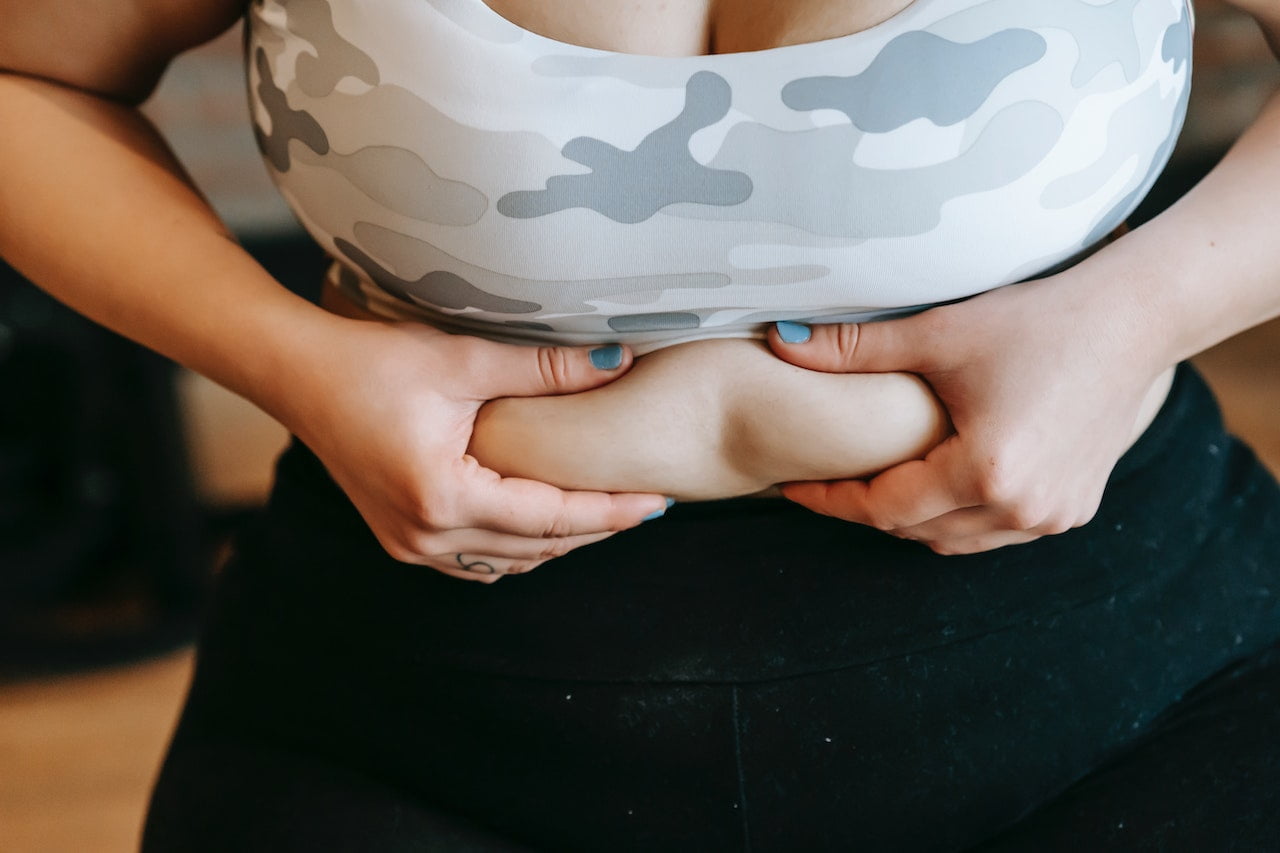If you’re thinking about taking up cycling, you should know exactly what to expect. There are many benefits to biking, from developing lower body strength to improving cardiovascular health. It can even reduce your risk of developing cancer. But what are the risks associated with cycling? Here are some tips to help you stay safe and get the most benefits from cycling.
Cycling improves cardiovascular health
Cycling is a low-energy form of exercise that is beneficial for people of all ages. It can also be a social activity, as it allows cyclists to spend time with others and interact with new people. It has also been linked to brain health, as cycling can reduce cognitive changes that could leave people more vulnerable to dementia later in life. Furthermore, cycling can help improve social connections and family life.
Cycling reduces the amount of fat in blood, which can clog arteries and increase the risk of heart disease. A study in Denmark looked at 30,000 people from ages 20 to 93 and found that cycling improved cardiovascular health. Moreover, cyclists are exposed to two to three times less air pollution than those who drive their cars to work. Despite the health benefits of cycling, it is still essential to consult a doctor before beginning any fitness program or making dietary changes.
Studies conducted on the benefits of cycling have found that cycling can significantly reduce the risk of heart disease, stroke, and cancer. It has also been shown to reduce the risk of obesity. Cycling is an excellent aerobic exercise that helps the heart, blood vessels, and lungs. As a result, it is one of the many forms of physical activity recommended by the NHS.
Cycling improves your balance, coordination, and gait. Balance is essential for a healthy life, as it tends to deteriorate as we age. By improving balance, cycling can prevent falls and fractures and help you stay mobile and prevent injury. And of course, it saves money on petrol!
Cycling is also an excellent low-impact cardiovascular exercise, targeting all of the lower body muscles. It’s a great way to stay fit and have a good time. It is also an affordable and fun way to commute. It is also gentle on your joints, so it is a great form of exercise for all levels of fitness. Try to ride your bike for thirty to sixty minutes, three to five days a week.
Cycling can help prevent and manage cardiovascular disease. It can improve balance, muscle strength, and body strength. It can also help you get rid of stress on your joints. It’s also a great alternative for people with mobility issues or disabilities.

It helps develop lower body strength
Bike riding helps develop lower body strength in a number of ways. For one thing, it is low-impact compared to other forms of physical activity. Running uses the same muscles in the lower body as biking, but biking is much easier on the joints. Additionally, biking trains the smaller muscles, which can increase joint stability. For this reason, biking is a good choice for people with previous injuries.
Another benefit of biking is that it targets the leg muscles. The amount of resistance and cadence you use can help increase leg strength. For instance, you can increase your leg strength by reducing your cadence to 80 revolutions per minute. In addition, using high-resistance gears helps build leg muscles.
To start biking, you should start with a warm-up. You should pedal slowly for a few minutes before increasing the intensity. Once your heart rate reaches the recommended level, you can start working the muscles in the lower body. You can use stationary bikes or a mini exercise bike to increase your cycling endurance.
Cycling is an excellent way to increase your cardiovascular and muscular endurance. By cycling for 30 minutes a day, you can build up your stamina and cardiovascular endurance. It also promotes better posture and core stability. Cycling is also a low impact cardio exercise, which means that your joints don’t feel as much pressure as they would during other forms of cardio.
You can also incorporate single-leg pedaling into your cycling workouts. This exercise works the hip flexors, which are important for pushing the pedals. The front leg should be 90 degrees bent, while the back leg should be parallel to the floor. Once the leg is flexed, you should push it forward to force it up.
In addition to working out the legs, cycling also targets the core musculature, including the back and torso. Tight abs make it easier to pedal and relieve pressure on the lower back. The back and hip flexor muscles are also targeted by cycling.
It burns calories faster than you’re ingesting
Biking can be a great way to burn calories without consuming anything. A 150-pound individual can burn about 600 calories per hour, compared to only 300 calories for the same amount of walking. Plus, hills help you burn more calories. Cycling on hills helps you burn more calories than walking on flat ground.
The Gross Metabolic Efficiency (GME) of cyclists is twenty to twenty-five percent. That means that about half of the fuel you burn during cycling is used for mechanical work and the other half is lost as heat. By contrast, 25 per cent of the calories you eat produce 4.184 kilojoules of work. For practical reasons, this estimate is often too low, and bicycle riders should aim for an accurate calorie burn.
In order to lose weight, you must increase the number of calories you burn and restrict the number of calories you consume. Biking burns more calories in a given amount of time than walking, and may be better for people with limited time. The more calories you burn, the more fat you shed.
Cycling is a great way to improve your cardiovascular fitness. When you cycle at a moderate pace (five to nine miles per hour), you can burn up to 280 calories per hour. That’s more than twice as much calories as walking – and even more calories if you’re heavier! By comparison, the average person burns around 232 calories per hour while walking.
It reduces risk of cancer
Cycling is an excellent form of exercise, and researchers say that it reduces the risk of cancer and heart disease. It also increases the heart rate and improves the functions of the cardiovascular system. Cycling requires no special equipment, clothing, or training, and most people of any age can do it. The key is to maintain an appropriate level of intensity, which will be dependent on the level of fitness of the individual.
In a study published in the British Medical Journal, researchers found that cycling was linked with a 45 percent reduced risk of cancer. The study also found that those who cycled to work had a lower risk of heart disease and cardiovascular disease than those who walked. Even more striking, those who cycled had a lower risk of death from either of these illnesses compared to those who walked or drove to work.
Although some studies have shown a link between cycling and cancer, others have found no connection. Researchers are still trying to determine what factors may be responsible for the association. One study suggests that cycling reduces the risk of prostate cancer and testicular cancer, but further studies are needed to determine if it is true for other cancers.
Researchers at the University of Glasgow found that cycling to work is associated with lower risks of cancer, heart disease, and premature death. Compared with walking to work, cycling reduces the risk by nearly half. It’s also associated with a lower risk of cardiovascular disease and diabetes. So, it’s good news for everyone who needs to get to work each day.
The study also found that cycling was associated with lower CVD and all-cause mortality than walking, which explains the link between walking and cycling. Mixed mode commuting, which included walking and cycling, was also associated with lower cancer deaths. These findings are encouraging news for cyclists.
To summarize:
- Biking increases your cardiovascular health by making your heart work harder under a longer session.
- Biking helps you build a stronger lower body.
- Longer rides gives you a steady calorie-burning workout
- Biking, as with all workouts, lowers the risk of life threatening diseases such as cancer, stroke, cardiovascular diseases and more.








